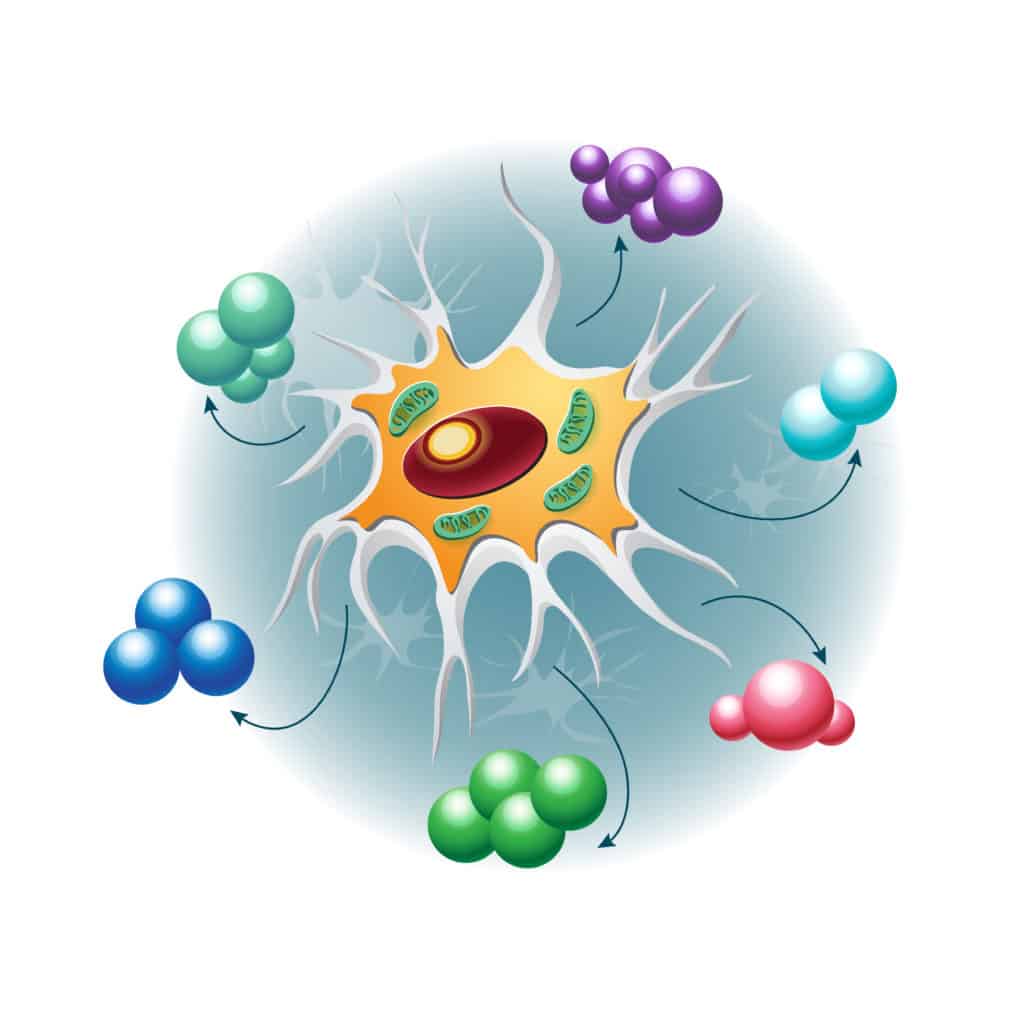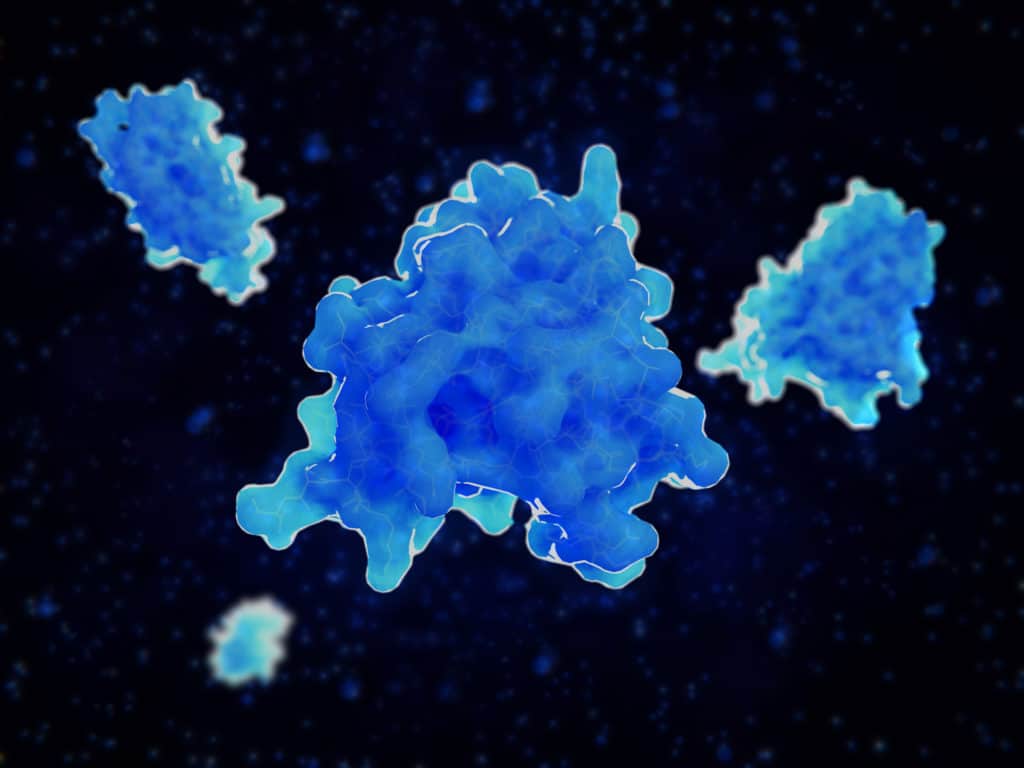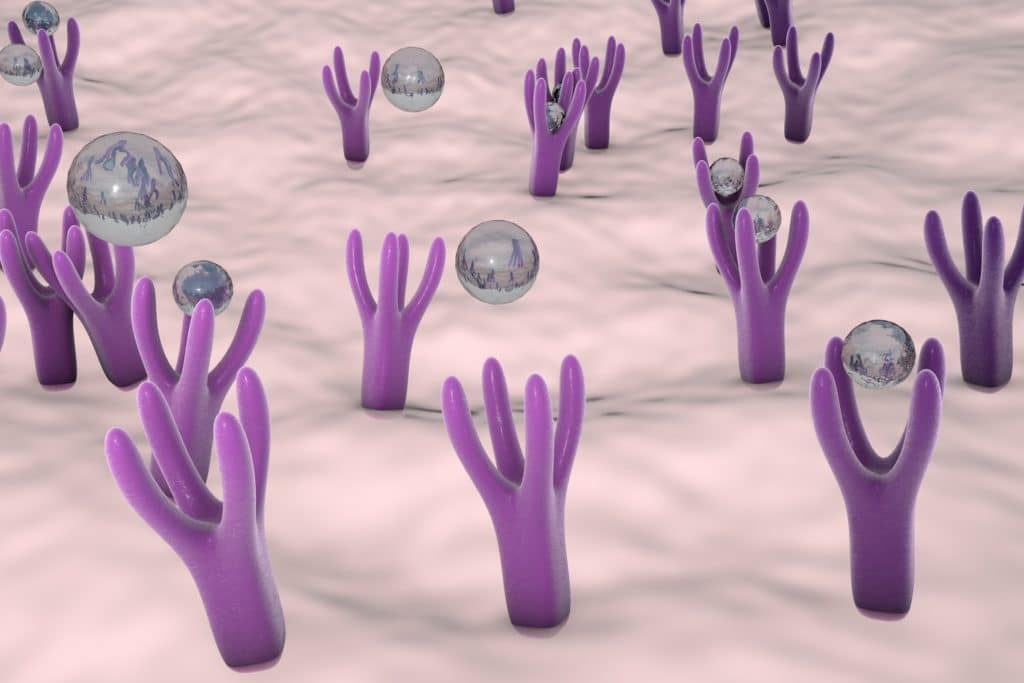Growth Factors, Chemokines and Cytokines
Wound healing and wound healing products often reference growth factors, chemokines, and cytokines, but what are they and what is their role? What is the correct amount or type for healing? This blog will provide a brief introduction and overview of growth factors, chemokines and cytokines.
What function do growth factors play in wound healing?
It is important to recognize that growth factors are a component in the orchestra of tissue healing, restoration, function and morphology. Like a good orchestra, too much or too little of an instrument can make a difference in the music. It is also important to have a listener or receptor – someone that can appreciate and respond to the music. The type of music can be different and the listener responds accordingly to their preference.
How do growth factors interact with receptors?
Growth factors have specific interactions with its specific receptor. When the growth factor binds to their receptor, it changes the shape of the receptor and triggers a response in the interior of the cell leading to biochemical reactions that can stimulate cell movement, growth and the activation of other genes. Conversely, excess of certain growth factor activity can produce pathologic changes in tissues.
What is the wound repair process?
The repair process is initiated immediately after injury by the release of various growth factors, cytokines, and low-molecular weight compounds from the serum of injured blood vessels and from degranulating platelets. During wound healing, the damaged tissue proceeds through hemostasis, inflammation, proliferation and remodeling. These events must occur in sequence. Chemokines play a key role in orchestrating this sequence through the regulation of angiogenesis and the recruitment of inflammatory cells which secrete cytokines and growth factors to promote wound healing.
What is the role of the extracellular matrix?
The extracellular matrix is an important reservoir and buffer for the actions of the many signals provided by growth factors and cytokines. Growth factors have beneficial effects on cells, but the appropriate delivery of these proteins in the context of the ECM and the proteinases of the wound environment are a delicate balance, impacting growth factor effectiveness.
How does healing differ in an acute wound versus a chronic wound?
In the acute wound, the healing process is controlled by spatiotemporal action of these growth factors, cytokines and chemokines leading through the progression of healing and resulting in the re-establishment of the skin’s barrier function.
This is contrasted to the chronic wound, which is arrested in a state of chronic inflammation. As a consequence, the generation of a proteolytic environment by inflammatory cells infiltrating the wound site as well as prolonged up-regulation of pro-inflammatory cytokines and chemokines inhibits normal progression of wound healing. These complex mechanisms are disturbed during secondary and delayed repair. The result is a protracted healing course and inferior scar quality–either hypo- or hypertrophic. To further complicate the process, different wound etiologies seem to reveal different cytokine profiles during the course of repair.
What is the most up-to-date research on the science of wound healing?
We continue to learn more as evidence reveals new information regarding growth factors. The exact amount and type of growth factor during the healing process may still need to be determined, but certainly demonstrates a place in wound management. Local and/or systemic application of growth factors may serve to add important instruments for therapeutic use in the treatment of acute and chronic wounds. Research continues to unravel many exciting functions of growth factors, cytokines, and chemokines in normal wound repair as well as in impaired healing and scar formation, creating a biochemical symphony.
For more information on products indicated for the management of acute and chronic wounds, please visit https://sanaramedtech.com/wound-care/
References:
Davidson JM. Growth Factors and Extracellular Matrix in Wound Repair, in McCulloch JM and Kloth LC Wound Healing, Evidence Based Management 4th Ed. 2010; 35-43
Nurkesh A, Jaguparov A, Jimi S, Saparov A. Recent advances in the controlled release of growth factors and cytokines for improving cutaneous wound healing. Front Cell Dev Biol. 2020;8:638
Yamakawa, S., Hayashida, K. Advances in surgical applications of growth factors for wound healing. Burn Trauma 2019;7: 10







